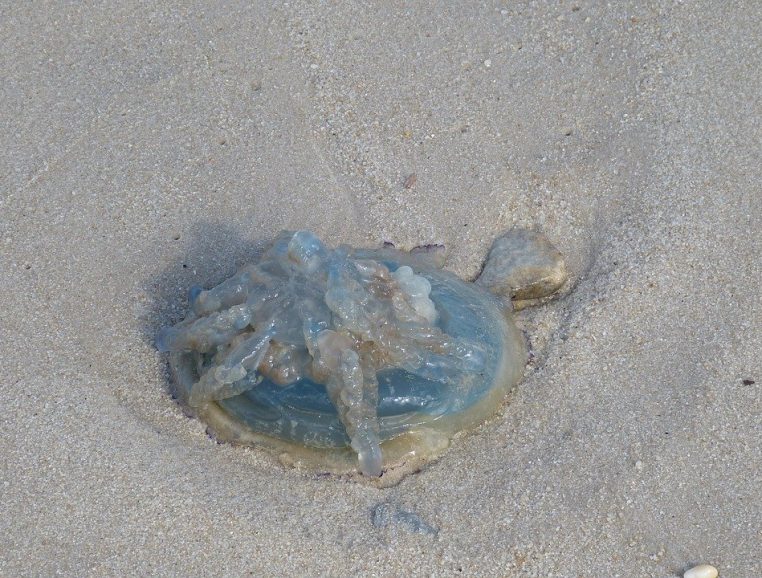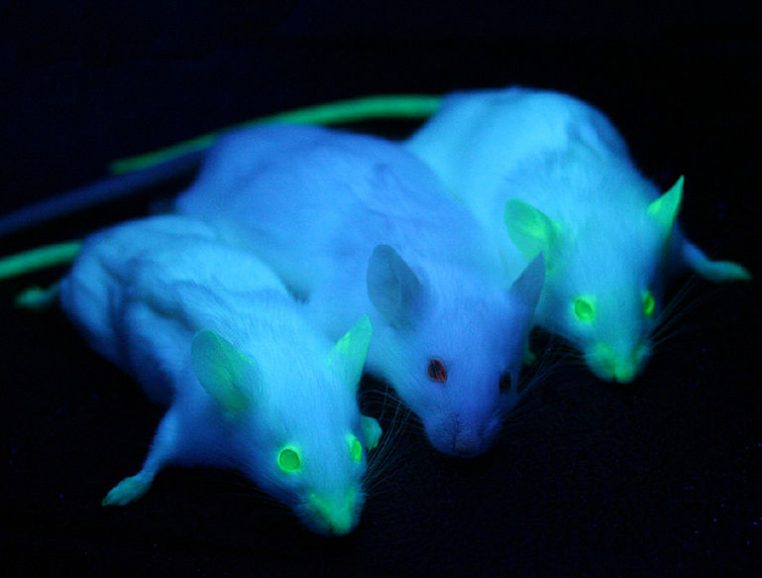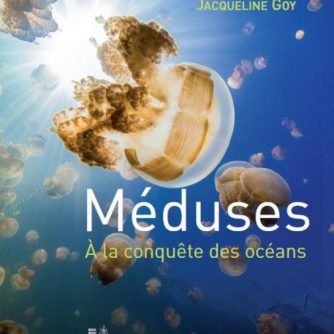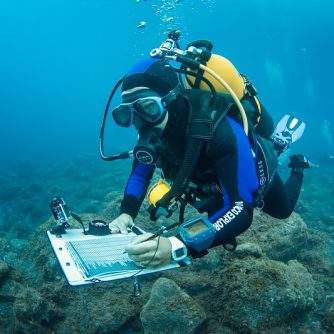From the use to the utility of jellyfish
- Home
- Actualités
- From the use to the utility of jellyfish
Jellyfish, a natural resource!
Used to hydrate the vines a few centuries ago in Charente, jellyfish have also been consumed for a thousand years by Asian populations. Traditionally considered beneficial to health, they have been known to cure arthritis, hypertension, back pain and ulcers, improve digestion, remedy fatigue, and even soften the skin.
EAT JELLYFISH
Among a dozen edible species, Rhopilema esculentum and Stomolophus meleagris are popular dishes in China, even if today it is in Japan that half of the jellyfish sold in the world is consumed.
The dried jellyfish is rehydrated by soaking in water for several hours, before being cut into strips and mixed into a salad with various spicy sauces, vegetables, chicken or other seafood.


THE COLLAGION OF MÉDUSES
Collagen is an essential protein for the structuring of organisms and for healing.
The mad cow disease directed the research of collagen towards other animals than cattle. A research team from the University of Lyon, led by Suzanne Franck, has discovered a collagen in jellyfish that is very similar to human embryonic collagen type V.
This collagen is used as a fake skin for burn victims, as a culture medium in cytology and is an effective anti-wrinkle treatment in cosmetology.
MEDUSES, THE KEY TO UNDERSTANDING Evolution
Many jellyfish become encysted when their environment deteriorates.
There is a dedifferentiation of tissues, thus a regression, and then a reorganization due to the presence of stem cells capable of restructuring the animal’s body. Understanding the mechanisms that trigger the evolution of stem cells into functional cell types is also a fundamental step.
Perhaps the jellyfish will give us the key to this property, which would have been lost in the course of evolution?


the original meDuSes
of 2 NOBEL PRIZES
The Nobel Prize in Medicine and Physiology was awarded in 1913 to Charles Richet for the discovery, with Paul Portier, of anaphylaxis (a severe form of allergy that affects the entire body and can lead to death) caused by physalies.
The study of the latter was conducted during the campaigns of Prince Albert I of Monaco, founder of the Oceanographic Institute.
The Nobel Prize in Chemistry was awarded in 2008 to Osamu Shimomura, Martin Chalfie and Roger Tsien for the discovery and applications of the green fluorescent protein, discovered in the jellyfish Aequorea victoria.
This protein is used in medical research to monitor the evolution of tumors in mice or the growth processes of new vessels in living animals.
The green fluorescent protein is considered the microscope of the 21st century.









